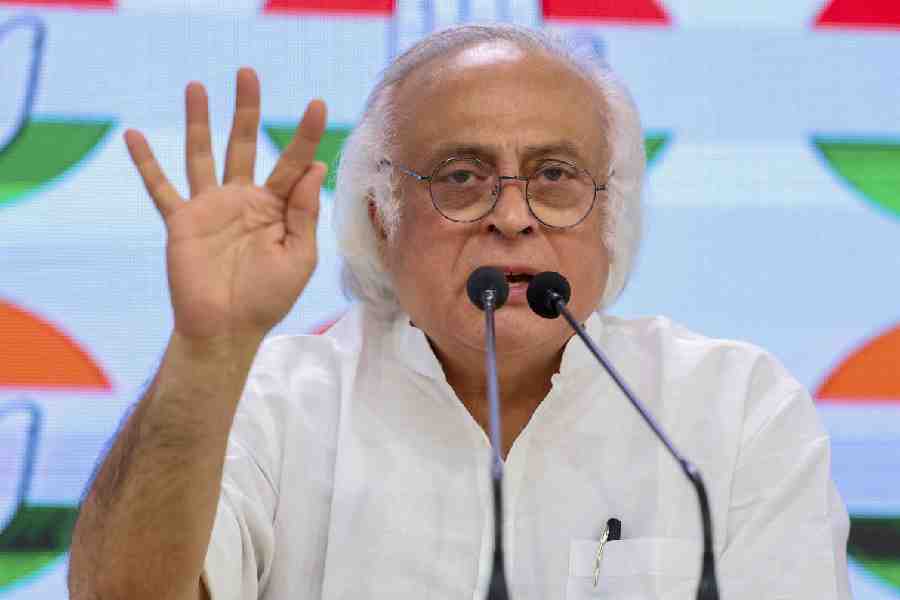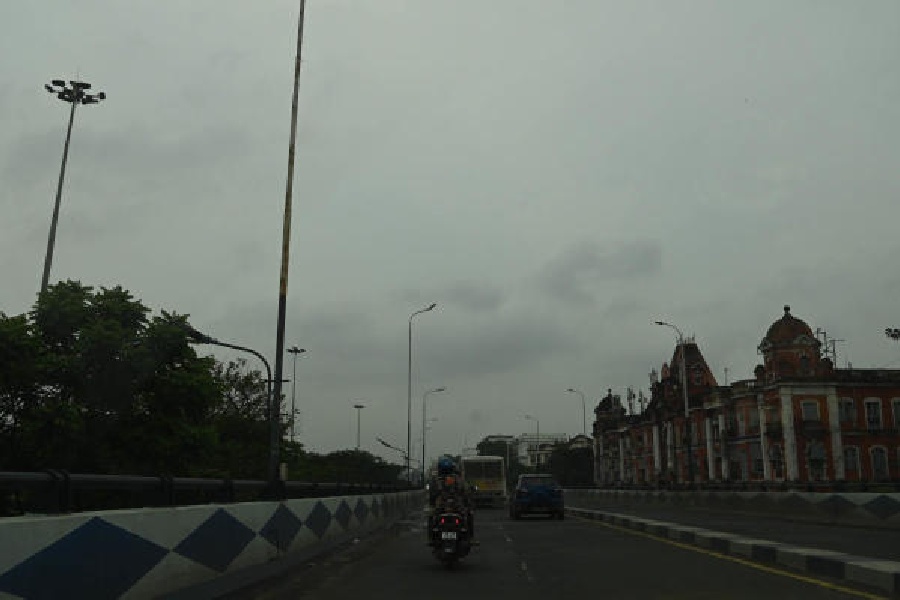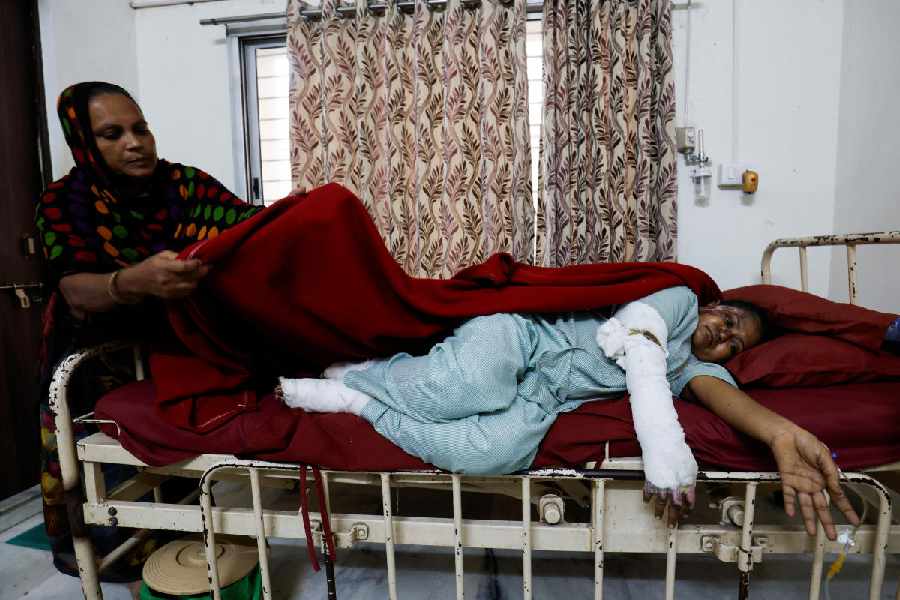BHAKTAPUR, Nepal, April 27 (Reuters): Thousands of Nepalis began fleeing the capital Kathmandu on Monday, terror-stricken by two days of powerful aftershocks and looming shortages of food and water after an earthquake that killed more than 3,700 people.
A senior interior ministry official said authorities had not been able to establish contact with some of the worst affected areas in the mountainous nation, and that the death toll could reach 5,000.
Roads leading out of Kathmandu were jammed with people, some with babies in their arms, trying to climb onto buses or hitch a ride aboard cars and trucks to the plains.
Huge queues had formed at the city's Tribhuvan International Airport, with tourists and residents desperate to get a flight out.
“I'm willing even to sell the gold I'm wearing to buy a ticket, but there is nothing available,” said Rama Bahadur, an Indian woman who works in Nepal's capital.
Many of Kathmandu's one million residents have slept in the open since Saturday's quake, either because their homes were flattened or they were terrified that aftershocks would bring them crashing down.
Overwhelmed authorities were trying to cope with a shortage of drinking water, food and electricity, as well as the threat of disease, and the government appealed for international help.
“The big challenge is relief,” said Chief Secretary Leela Mani Paudel, the country's top bureaucrat. “We urge foreign countries to give us special relief materials and medical teams. We are really desperate for more foreign expertise to pull through this crisis.”
The United Nations Childrens Fund said nearly one million children in Nepal were severely affected by the quake, and warned of waterborne and infectious diseases.
A total of 3,726 people were confirmed killed in the 7.9 magnitude quake, the government said on Monday, the worst in Nepal since 1934 when 8,500 died. More than 6,500 were injured.
Another 66 were killed across the border in India, and China's state news agency said at least 20 were killed in Tibet.
The toll is likely to rise as rescuers struggle to reach remote regions in the country of 28 million people and as bodies buried under rubble are recovered.
Several countries rushed to send aid and personnel.
India sent helicopters, medical supplies and members of its National Disaster Response Force. China sent a 60-strong emergency team. Pakistan's army said it was sending four C-130 aircraft with a 30-bed hospital, search and rescue teams and relief supplies.
A Pentagon spokesman said a US military aircraft with 70 personnel left the United States on Sunday and was due in Kathmandu on Monday. Australia, Britain and New Zealand said they were sending specialist urban search-and-rescue teams to Kathmandu at Nepal's request.
However, there has been little sign of international assistance on the ground so far, with some aid flights prevented from landing by aftershocks that closed Kathmandu's airport several times on Sunday.
On Monday, an Indian air force relief plane returned to New Delhi because of congestion at the airport, Indian television reported.
The disaster has underlined the woeful state of Nepal's medical facilities.
Nepal has only 2.1 physicians and 50 hospital beds for every 10,000 people, according to a 2011 World Health Organization report.
Doctors at one Kathmandu hospital said they needed over 1,000 more beds to treat the patients that were being brought in ambulances and taxis.










